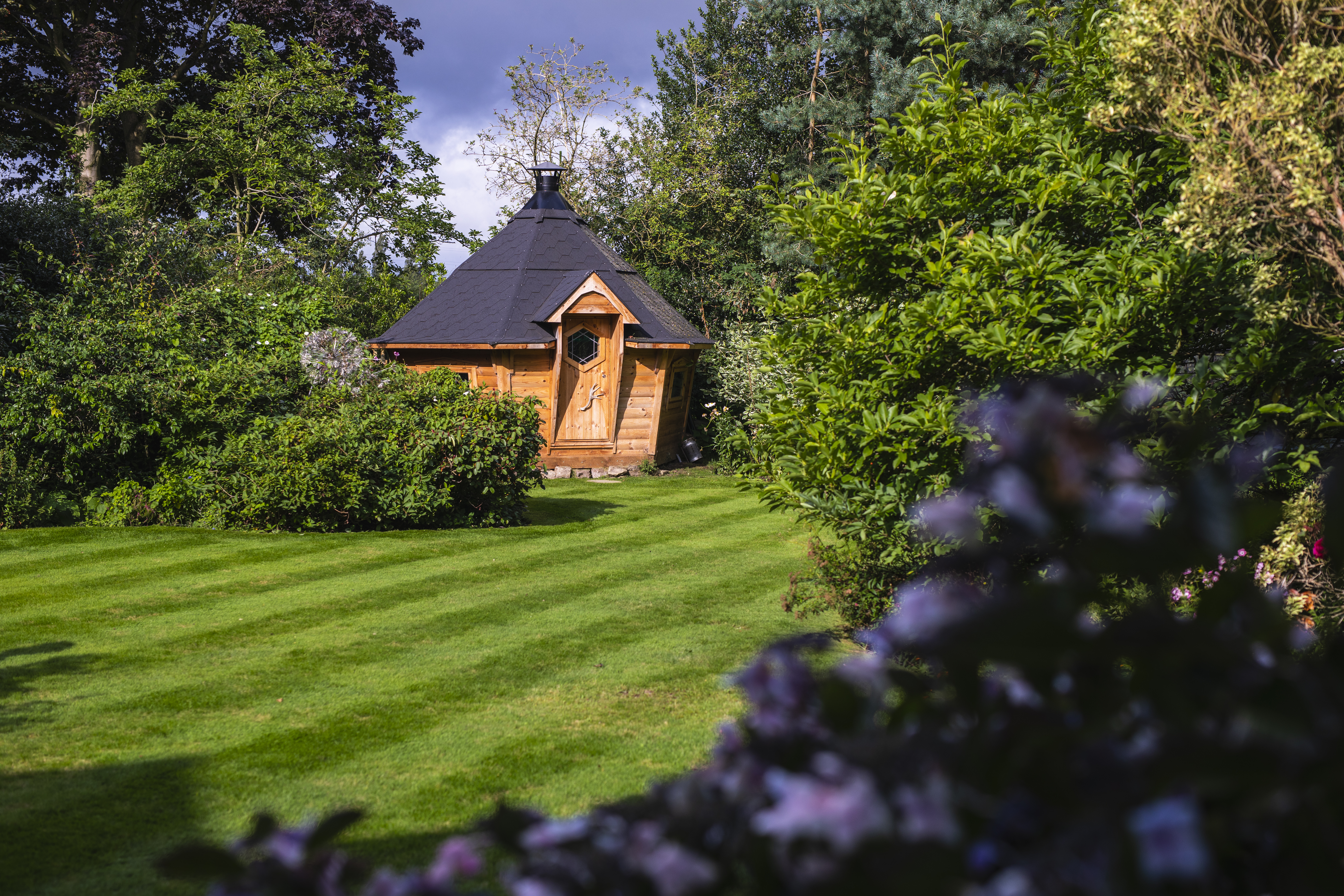
Working with Grasses
Grasses can be valuable and extremely versatile when creating the perfect landscape. Not only do they provide colour and shape, but also they have the ability to attain structure to plantings.
When many plants die down for the winter, Grasses, especially the large deciduous group, reach an upsurge of flower and form that can extend a garden season’s interest from summer to the following spring. The main genera of deciduous grasses, such as Miscanthus, Panicum and Molinia can transform a landscape into an autumn picturesque beauty.
Most grasses have a clear linear outline and their structure is of such that can withstand rain and wind for many months, these traits are what make them useful in gardens.
Autumnal Delight
Grasses make ideal partners for late-flowering perennials. Ruby-red Sedum Herbstfreude can encircle and work well with dazzling yellow Molinia.
| Panicum Virgatum
‘Heavy metal’ |
Miscanthus sinenses
‘Ferner Osten’ |
Miscanthus sinenses
‘Flamingo’ |
Pennisetum alopecuroides
‘Hameln’ |
| Its stems, leaves and flowers are all quite tall and stand upright. They are usually a powdery blue-grey colour which is why the name ‘heavy metal’ is suitable. | Have fast growing mounds of foliage. It grows and rises upwards, reaching up to 6.5ft in height and spread. Masses of dark red flowers follow, gradually fading to beige. | This garden cultivar reaches a peak in its performance in the autumn. It has a similar height and spread of the ‘Ferner Osten’, however ‘Flamingo’ has rich, bright pink, pendulous flowers. | An old cultivar, and is distinct in its dark, rounded outline that bursts with lots of small, pale flowers. |
Go for Gold
The colours and textures of ornamental grasses add much too misty autumn gardens making huge statements for the long-lasting winter.
Cortaderia selloana
This grass used to be deeply unfashionable as they were over-planted in the ’70s. However, today this wispy, almost transparent seed heads mix beautifully with other grasses, making an impressive focal point.
‘Rubrum’ and ‘Totnes Burgundy’
The claret-tinted seed-heads and dark purple leaves of Pennisetum setaceum otherwise known as ‘Rubrum’, contrast well with the golden daises of Rudbeckia.
Eragrostis curvula is otherwise known as ‘Totnes Burgundy’, cascades from a terracotta container, and its shock foliage take on deepening wine-red tints as the season progresses.
As you have seen through this article there is much variation in the types of grass and they can give much colour and variety to your garden. If you would more information on any of the grasses discussed then please contact us.
